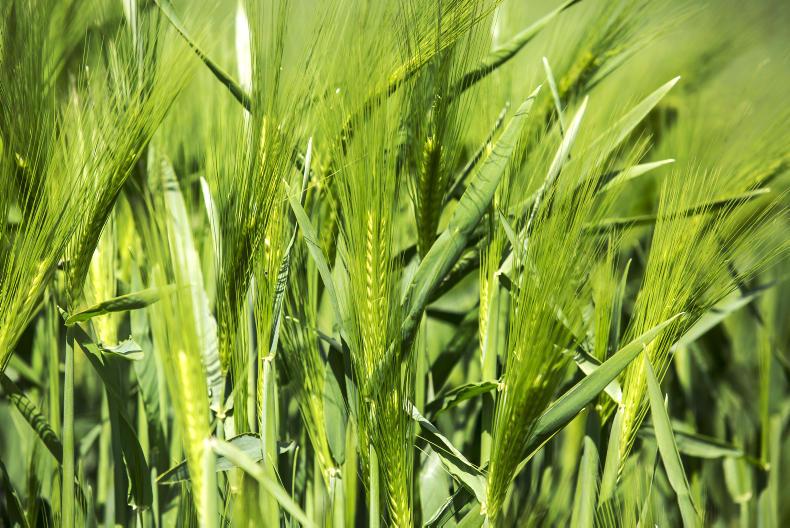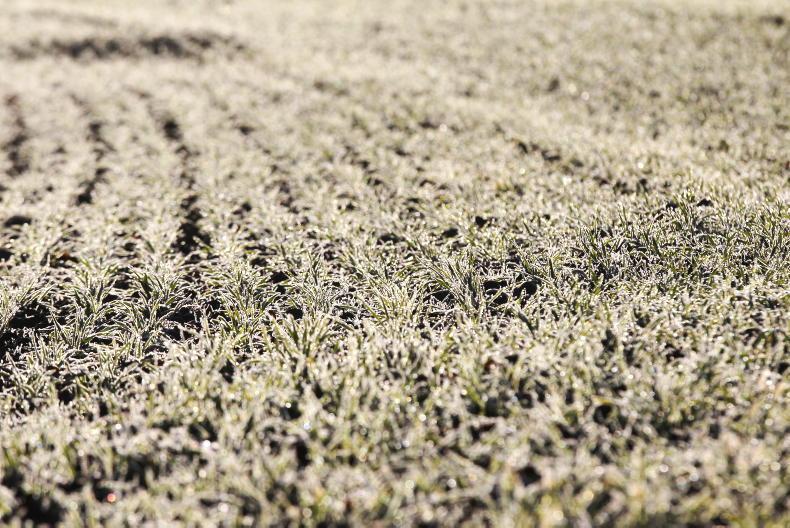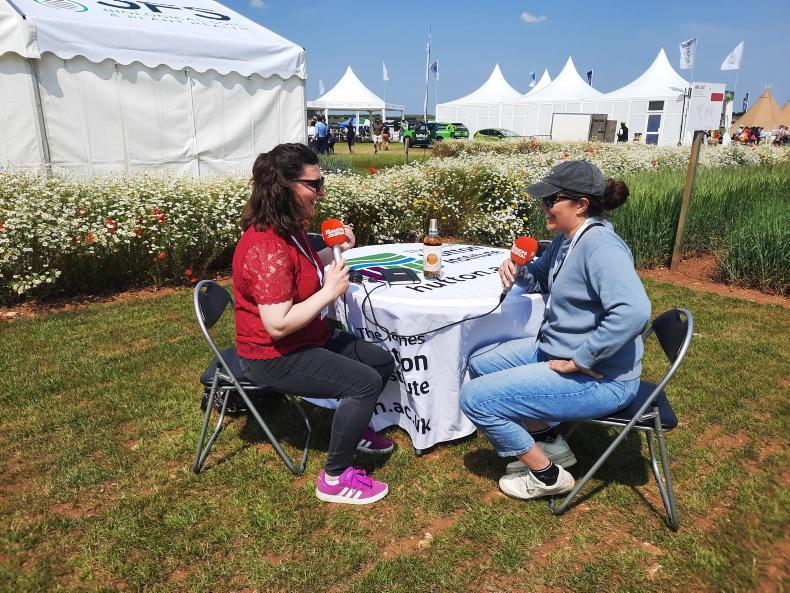Planting
Virtually all spring cereal planting is complete. Up to 30mm of rain fell in places over the week, which really helped drive crops on. However, moisture stress is evident in a select number of crops in parts of the southeast which largely missed this week’s rain. Memories of moisture stress may be all too recent for some growers, as this time last year a number of crops were under pressure from drought conditions.
Spring crops
Crops are ranging from emerging to mid-tillering. Early sown crops are at second node. Some poor emergence has been reported this season and a number of crops are under pressure. Many crops are now awaiting an aphicide, trace element and a herbicide application. Aphids are very much active, so assume the threat of BYDV infection is there. Apply a Pyrethroid insecticide at full rate at the four-leaf stage. However, be conscious that spring crops may not reach this stage before tillering due to the short season. There are also plenty of reports of weevil notching in spring beans. Where damage is very evident, consider an insecticide such as Decis, Karate, Karis, Lambda, etc. There have been good conditions for weed growth as of late. Wild oat sprays should be targeted before the crop canopy gets too dense. Products like Axial, Croplink Avena, FarmCo Wild Oats or Foxtrot can be used on wheat and barley, while Cheetah Extra can only be used on wheat. Where using a SU, add a second herbicide active. Products such as Galaxy or Pixxaro might be considered, particularly where resistant weeds are a problem. Check your weed spectrum before deciding on products. A fungicide might also be included on more advanced barley.
Winter crops
Winter barley is at various stages – awns peeping to head fully out. The head sprays should be applied when the awns are peeping. Waiting until the head is fully out means that you may not get the full value out of your investment. The final fungicide should be a good rate of a triazole along with an SDHI or a strobilurin. Chlorothalonil should be added into the tank mix as it is very effective in ramularia prevention. Product options include Siltra, Bontima, Ceriax, Elatus Era, a Treoris-triazole mix, or Fandango, plus chlorothalonil or Phoenix. Winter wheat growth stages vary, but for many the flag leaf has now fully emerged. Accurately timing your T2 spray for the flag leaf is a must for good disease control in winter wheat. Septoria appears to be confining itself to the lower canopies for now. Yellow rust is being reported in the northeast and some mildew is present on susceptible varieties. Flag leaf treatments should include an SDHI plus a triazole and multisite, such as Adexar, Ascra, Elatus Era, or Treoris plus a triazole. Include chlorothalonil in all sprays and use a different triazole active at T2 versus T1. Include a mildewcide where necessary.
Herbicide active withdrawal: The authorisation for Linuron (Linuron and Lingo) was withdrawn on 3 June 2017. The final date of legal use is 3 June 2018.
Read more
Spring planting drawing to a close
Good planting progress in places but many areas still damned by wet ground
Planting
Virtually all spring cereal planting is complete. Up to 30mm of rain fell in places over the week, which really helped drive crops on. However, moisture stress is evident in a select number of crops in parts of the southeast which largely missed this week’s rain. Memories of moisture stress may be all too recent for some growers, as this time last year a number of crops were under pressure from drought conditions.
Spring crops
Crops are ranging from emerging to mid-tillering. Early sown crops are at second node. Some poor emergence has been reported this season and a number of crops are under pressure. Many crops are now awaiting an aphicide, trace element and a herbicide application. Aphids are very much active, so assume the threat of BYDV infection is there. Apply a Pyrethroid insecticide at full rate at the four-leaf stage. However, be conscious that spring crops may not reach this stage before tillering due to the short season. There are also plenty of reports of weevil notching in spring beans. Where damage is very evident, consider an insecticide such as Decis, Karate, Karis, Lambda, etc. There have been good conditions for weed growth as of late. Wild oat sprays should be targeted before the crop canopy gets too dense. Products like Axial, Croplink Avena, FarmCo Wild Oats or Foxtrot can be used on wheat and barley, while Cheetah Extra can only be used on wheat. Where using a SU, add a second herbicide active. Products such as Galaxy or Pixxaro might be considered, particularly where resistant weeds are a problem. Check your weed spectrum before deciding on products. A fungicide might also be included on more advanced barley.
Winter crops
Winter barley is at various stages – awns peeping to head fully out. The head sprays should be applied when the awns are peeping. Waiting until the head is fully out means that you may not get the full value out of your investment. The final fungicide should be a good rate of a triazole along with an SDHI or a strobilurin. Chlorothalonil should be added into the tank mix as it is very effective in ramularia prevention. Product options include Siltra, Bontima, Ceriax, Elatus Era, a Treoris-triazole mix, or Fandango, plus chlorothalonil or Phoenix. Winter wheat growth stages vary, but for many the flag leaf has now fully emerged. Accurately timing your T2 spray for the flag leaf is a must for good disease control in winter wheat. Septoria appears to be confining itself to the lower canopies for now. Yellow rust is being reported in the northeast and some mildew is present on susceptible varieties. Flag leaf treatments should include an SDHI plus a triazole and multisite, such as Adexar, Ascra, Elatus Era, or Treoris plus a triazole. Include chlorothalonil in all sprays and use a different triazole active at T2 versus T1. Include a mildewcide where necessary.
Herbicide active withdrawal: The authorisation for Linuron (Linuron and Lingo) was withdrawn on 3 June 2017. The final date of legal use is 3 June 2018.
Read more
Spring planting drawing to a close
Good planting progress in places but many areas still damned by wet ground










SHARING OPTIONS